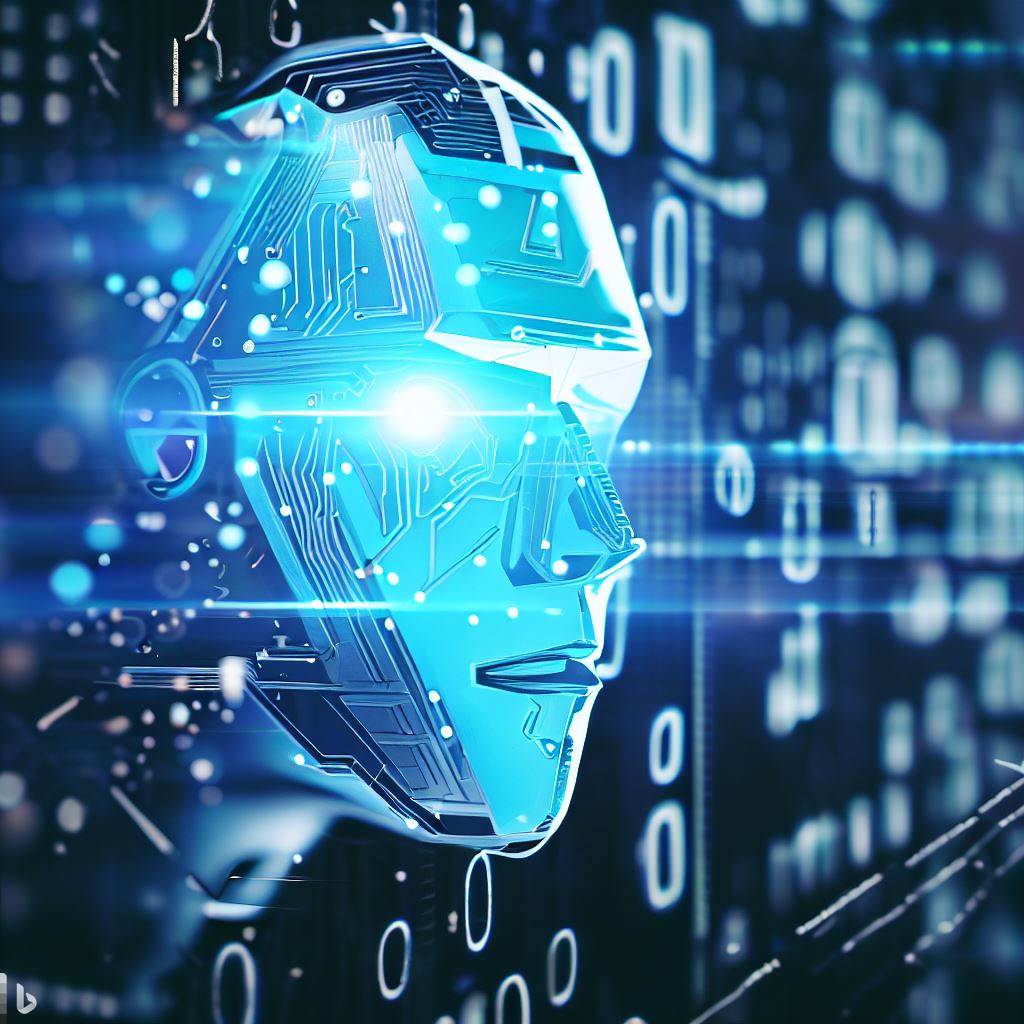Artificial intelligence (AI) and machine learning have infiltrated almost every facet of contemporary life. Algorithms now underpin many of the decisions that affect our everyday lives, from the streaming entertainment we consume to the recruiting tools used by employers to hire personnel. In terms of equity and inclusiveness, the emergence of AI is a double-edged sword.
On one hand, there is a serious risk that AI systems would perpetuate and even magnify existing prejudices and unfair discrimination against minorities if not built appropriately. On the other hand, if AI is guided in an ethical, transparent, and inclusive manner, technology has the potential to help systematically diminish inequities.
The Risks of Biassed AI
The primary issue is that AI algorithms are not inherently unbiased; they reflect the biases contained in the data used to train them, as well as the prejudices of the humans who create them. Numerous cases have shown that AI may be biased against women, ethnic minorities, and other groups.
One company’s recruitment software was shown to lower candidates from institutions with a higher percentage of female students. Criminal risk assessment systems have shown racial biases, proposing harsher punishments for Black offenders. Some face recognition systems have been criticised for greater mistake rates in detecting women and those with darker complexion.
Debiasing AI for Inclusion.
Fortunately, there is an increasing awareness and effort to create more ethical, fair, and inclusive AI systems. A major focus is on expanding diversity among AI engineers and product teams, as the IT sector is still dominated by white males whose viewpoints might contribute to blind spots.
Initiatives are being implemented to give digital skills training to underrepresented groups. Organizations are also bringing in more female role models, mentors, and inclusive team members to help prevent groupthink.
On the technical side, academics are looking at statistical and algorithmic approaches to “debias” machine learning. One strategy is to carefully curate training data to ensure its representativeness, as well as to check for proxies of sensitive qualities such as gender and ethnicity.
Another is to use algorithmic approaches throughout the modelling phase to ensure that machine learning “fairness” definitions do not result in discriminating outcomes. Tools enable the auditing and mitigation of AI biases.
Transparency around AI decision-making systems is also essential, particularly when utilised in areas such as criminal justice sentencing. The growing area of “algorithmic auditing” seeks to open up AI’s “black boxes” and ensure their fairness.
AI for Social Impact.
In addition to debiasing approaches, AI provides significant opportunity to directly address disparities through creative applications. Digital accessibility tools are one example, with apps that employ computer vision to describe the environment for visually impaired individuals.
In general, artificial intelligence (AI) has “great potential to simplify uses in the digital world and thus narrow the digital divide.” Smart assistants, automated support systems, and personalised user interfaces can help marginalised groups get access to technology.
In the workplace, AI is used to analyse employee data and discover gender/ethnicity pay inequalities that need to be addressed. Smart writing helpers may also check job descriptions for biassed wording and recommend more inclusive phrases to help diversity hiring. Data For Good Volunteer organisations are also using AI and machine intelligence to create social impact initiatives that attempt to reduce societal disparities.
The Path Forward
Finally, AI represents a two-edged sword: it may either aggravate social prejudices and discrimination against minorities, or it can be a strong force for making the world more egalitarian and welcoming. The route forward demands a multi-pronged strategy. Implementing stringent procedures to debias training data and modelling methodologies. Prioritising openness and ensuring justice in AI systems, particularly in high-stakes decision-making. Continued study on AI for social good applications that directly address inequality.
With the combined efforts of engineers, politicians, and society, we can realise AI’s enormous promise as an equalising force for good. However, attention will be required to ensure that these powerful technologies do not exacerbate inequities, but rather contribute to the creation of a more just and inclusive society.
To learn more about AI’s implications and the path to ethical, inclusive AI, contact us at open-innovator@quotients.com.Our team has extensive knowledge of AI bias reduction, algorithmic auditing, and leveraging AI as a force for social good.






